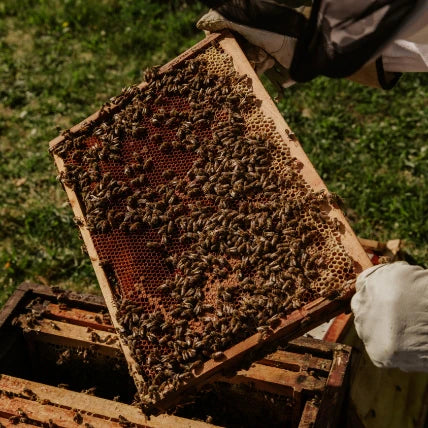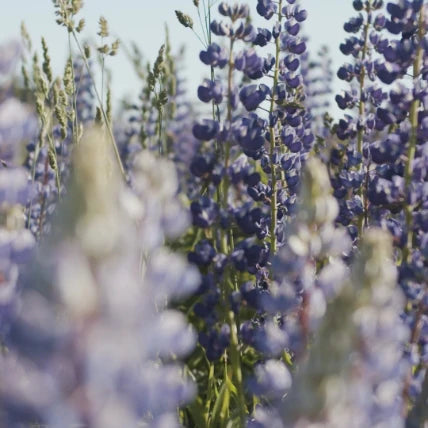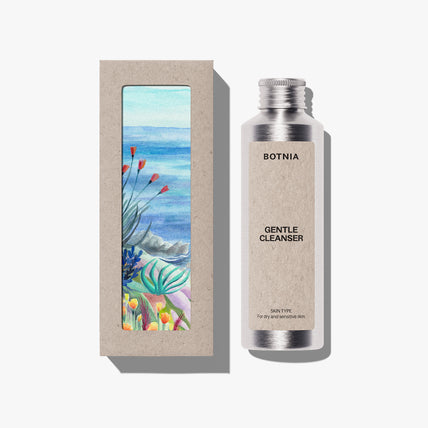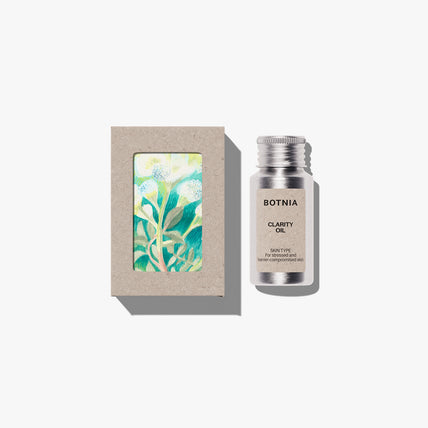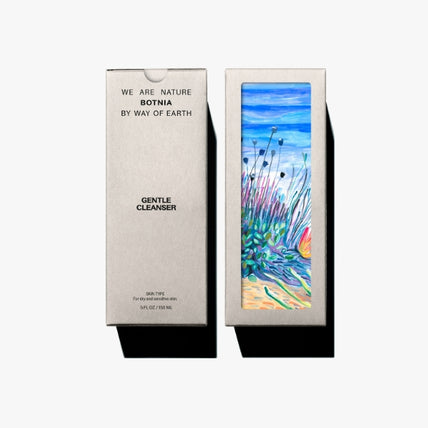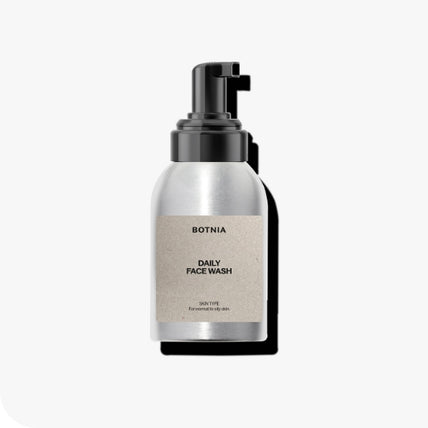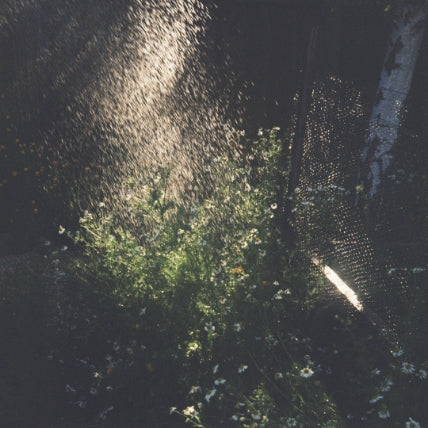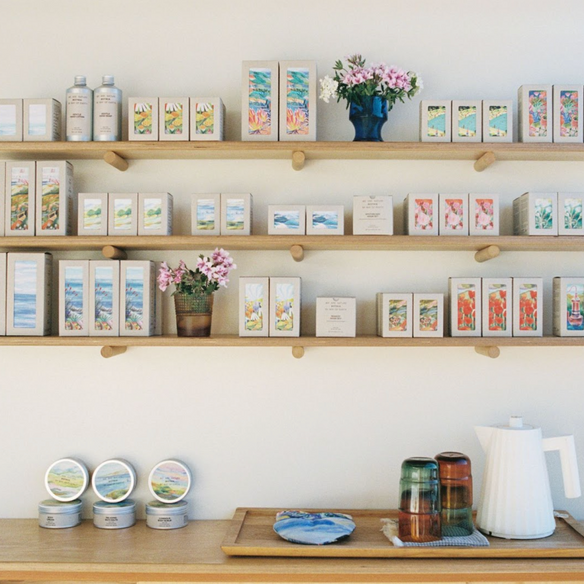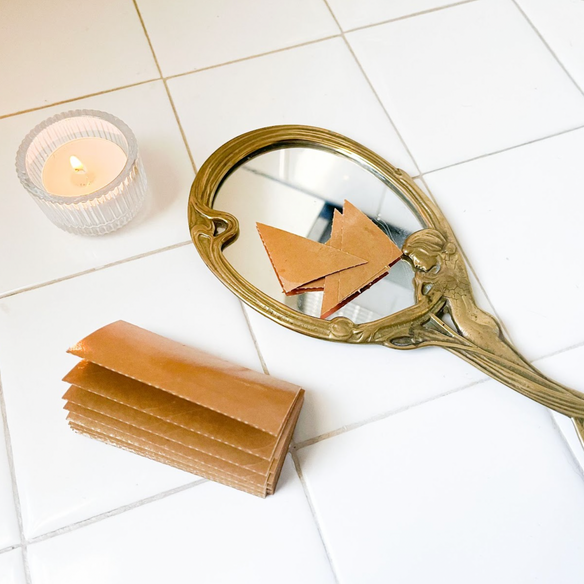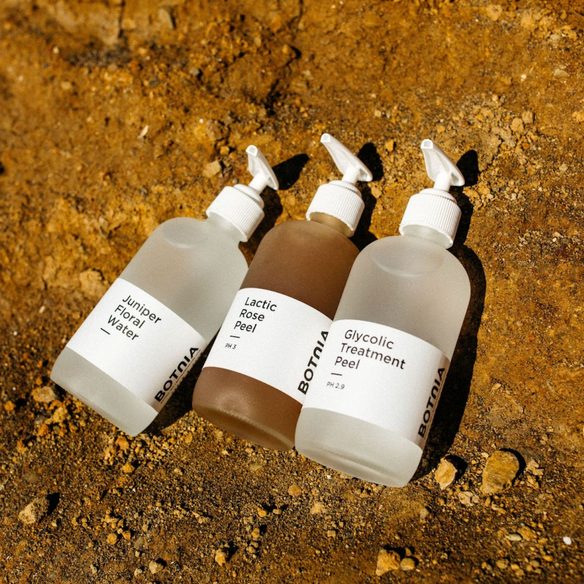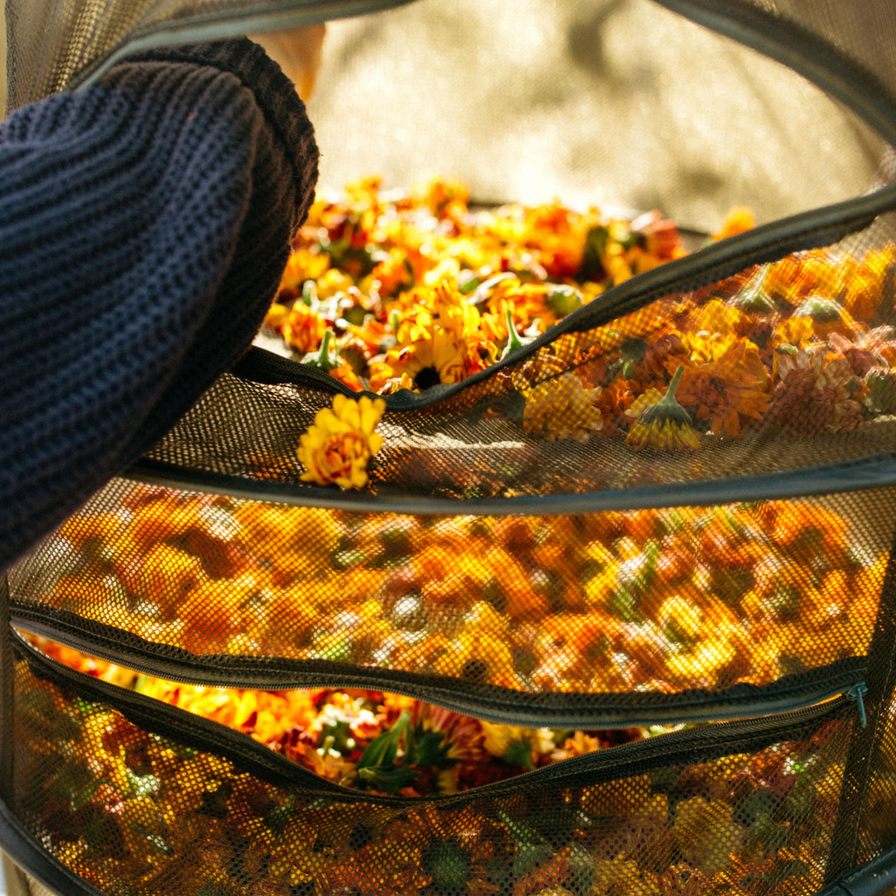
Why Botnia Uses Calendula to Support the Lymphatic System
Imagine opening your eyes and waking up to warm sunlight gracing your petals as the sun rises to greet the day . . . this is the life of a sun-worshipping calendula flower! A botanical that helps our lymphatic system, clearing waste and promoting clear and healthy skin. Let’s dig into why you’ll want to include calendula in your skincare routine.
All about Calendula
Calendula officinalis is in the Asteraceae (aster, daisy, or sunflower) family and often known as pot marigold, though it isn’t a marigold. The word “aster” means “star” in Greek, for the shape the flower makes when in bloom. When handling a calendula bloom, you might feel a sticky residue, which is full of constituents that give calendula its antimicrobial and anti-inflammatory properties. Its petals are also full of flavonoids which is a phytonutrient that helps to reduce inflammation and inhibit oxidation of the skin which can cause pigmentation in the skin. Calendula flowers are also edible in both fresh and dried forms and are great in teas or sprinkled over salads and foods for decoration.
Historical uses of calendula
Calendula was brought to the United States by Europeans and was used in times of terrible famine, and in the Civil War as a healing plant. Doctors began to include dried calendula flowers to help aid in wound healing and treat other conditions like measles, smallpox and jaundice. There’s much research on calendula, but what’s most important to remember about this sunny flower is that it’s a wound healer. It’s also indicated to support our lymph system (the body’s waste system).
How calendula supports the skin
Think of our lymphatic system as a waste system that acts like rivers and dams throughout our body. If our lymph system is clear, you’ll see clear complexions, healthy skin, and a reduction in inflammation and puffiness of the skin. If our lymph is backed up with waste (or leaves and debris clogging the river), you’ll notice a dull complexion and inflamed puffy skin. Do you ever wonder why your doctor checks your lymph nodes to see if you’re sick? Blocked lymph is a clear indication something might be going on with your body.
In the treatment room, Justine likes to use calendula hydrosol topically on the skin for the lymph system due to its ability to penetrate into the skin and heal through its ability to move lymphatic fluid. Once absorbed, calendula will make its way into your lymphatic system through the complex tissue in your dermis that sits with your lymphatic vessels. Calendula is operating on the level beneath the skin and the wound itself, maintaining a healthy flow of lymphatic fluids and thus keeping a consistent supply of immunological components and preventing any infection from spreading while keeping your skin healthy.
Side note: there are many other beneficial applications to the skin from calendula because of its ability to take down inflammation, such as an oil infusion, salve, or balm. But in our opinion, working in the treatment room with it, we’ve found that hydrosols have the strongest and most profound effect on the lymphatic system topically. We have also noticed a lightening of hyperpigmentation from surface sun damage that’s dramatic and noticeable.
You can find calendula in these Botnia products:
Balancing Oil Cleanser and refill – Calendula Flowers
Replenishing Facial Oil – Calendula Flowers
Essential Enzymes – Calendula Hydrosol, Calendula Extract
Healing Mask Set – Calendula Flowers
Calendula Mask (Professional back bar only) – Calendula Hydrosol, Calendula Extract
How we grow calendula on the micro-farm
Calendula officinalis ‘Resina’ is the species of calendula grown on our micro-farm. In California, it grows back year after year as a perennial, self-sows itself, and can overwinter in our garden. We also grow our calendula from seed at the beginning of the year. In colder climates, calendulas grow as annuals and need to be re-seeded year after year. It likes full sun but benefits from afternoon shade in hotter climates. Ideal soil temperatures are 65 to 85°F. Calendula enjoys frequent watering until the plants are established and then down to occasional waterings when the plants mature. It doesn’t like wet feet so avoid overwatering. Calendula also thrives in pots.
You can begin to harvest calendula flowers when they’re fully open but haven’t yet started to go to seed. They will bloom from May to early fall and will continue to produce flowers if properly deadheaded and pruned. Harvesting should be done by hand every few days during full sun, generally at mid-day when the flowers have fully opened. Calendula flowers will close up when the sun sets.
You can use the flowers fresh for tea, but if you plan on drying them, it’s best to place them on a drying rack in single layers and allow them to dry fully before storing them in an air-tight container. For optimum color and constituent retention, dry in complete darkness at temperatures of 95 to 100°F. When it’s done curing, calendula should make a rustling sound when you run your hands through it, like walking through dried leaves. If it doesn’t make this sound, it’s likely not done curing. Do this before storing the calendula so it doesn’t mold in storage.
Why you should plant calendula in your garden
Calendula flowers are rich in nectar and resin, making it a beneficial plant for pollinators offering medicine as well as food to bees. It attracts predatory insects that prey on garden pests, like hoverflies and lacewings. Calendula also attracts butterflies.
Calendula is often grown in polyculture gardens because it’s useful in repelling unwanted insects, but great at attracting beneficial ones, plus it works to protect and enrich the soil. Calendula is a tonic plant for the whole garden. Calendula is called a “nutrient accumulator” in permaculture literature. This means it’s good at gathering sparsely distributed nutrients from the soil and concentrating them. This makes it an excellent addition to mulches and compost and a good companion to most plants. Calendula plants are great companion plants with chard, radish, carrots, tomatoes, thyme, and parsley.
In short, Calendula is one of the most important allies you can have in your medicinal garden for skin, lymphatic, and tissue health. Not to mention how absolutely beautiful its yellow-orange sun-worshiping flowers are.
We’ll be launching a small batch of Calendula Hydrosol on Giving Tuesday (11/29) for a one-day fundraiser to support one of our favorite organizations and farm partners, ICS/GEM! GEM helps grow some of our calendula plants and proceeds from our fundraiser will help support GEM participants with their interview skill training!
Xo,
Botnia
